Dot Product
Dot Product
Dot Product can be used to
- Find out if a vector point in the
- same direction
- perpendicular
- opposite direction
It does this by
- Projecting one vector onto the other
- Finding the angle between two vectors
Requirements for Dot Product
- Input: Two Vectors
- Only in 2D, not 3D
- Output: Scalar/Integer Number
- if output = 0, it is perpendicular
- if output < 0 it is pointed in opposing directions
- if output > 0 it is pointed in same direction
Order of operation does not matter
Ex. dot product below is 11, so it is pointed in same direction
Technical artists may use the dot product for various purposes in computer graphics and game development. Here are a few scenarios where the dot product is commonly used:
-
Lighting Calculations: In computer graphics, the dot product is often used in lighting calculations to determine the amount of light hitting a surface. For example, in Phong shading or Blinn-Phong shading models, the dot product is used to calculate the cosine of the angle between the surface normal and the light direction, which is then used to compute the diffuse and specular components of the lighting equation.
-
Culling and Visibility: Technical artists may use the dot product to perform visibility and culling tests. For instance, in backface culling, the dot product of the surface normal and the view direction is calculated, and if the result is negative, the face is considered back-facing and can be culled from rendering.
-
Vector Operations: Technical artists often work with vectors in 3D space, and the dot product is a fundamental operation for manipulating vectors. It can be used to find the angle between two vectors, project one vector onto another, or determine the component of one vector in the direction of another.
-
Vertex Operations: In character rigging and animation, technical artists may use the dot product to perform skinning operations or blend between different animations based on the orientation of bones or joints relative to each other.
-
Shader Effects: In shader programming, technical artists may use the dot product to create various effects, such as gradient-based effects, procedural texturing, or simulating surface properties like fresnel reflection.
Overall, the dot product is a versatile mathematical operation that finds numerous applications in computer graphics and game development, making it a valuable tool for technical artists working in these fields.
https://www.cuemath.com/geometry/angle-between-vectors/

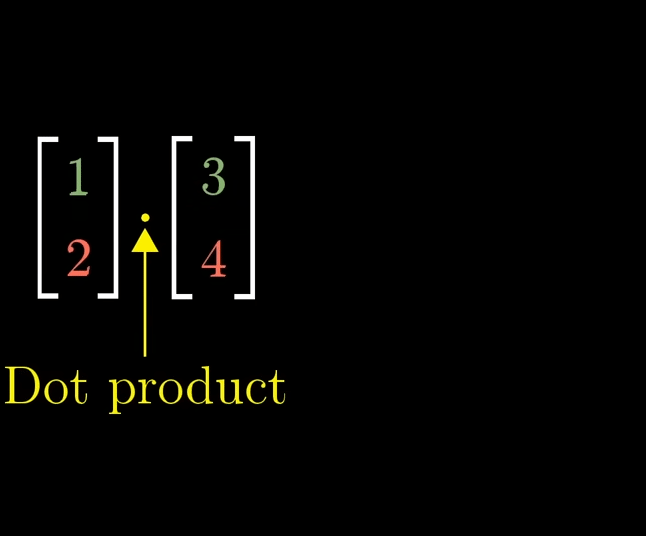
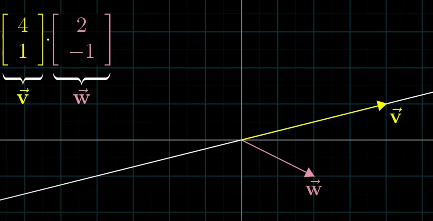
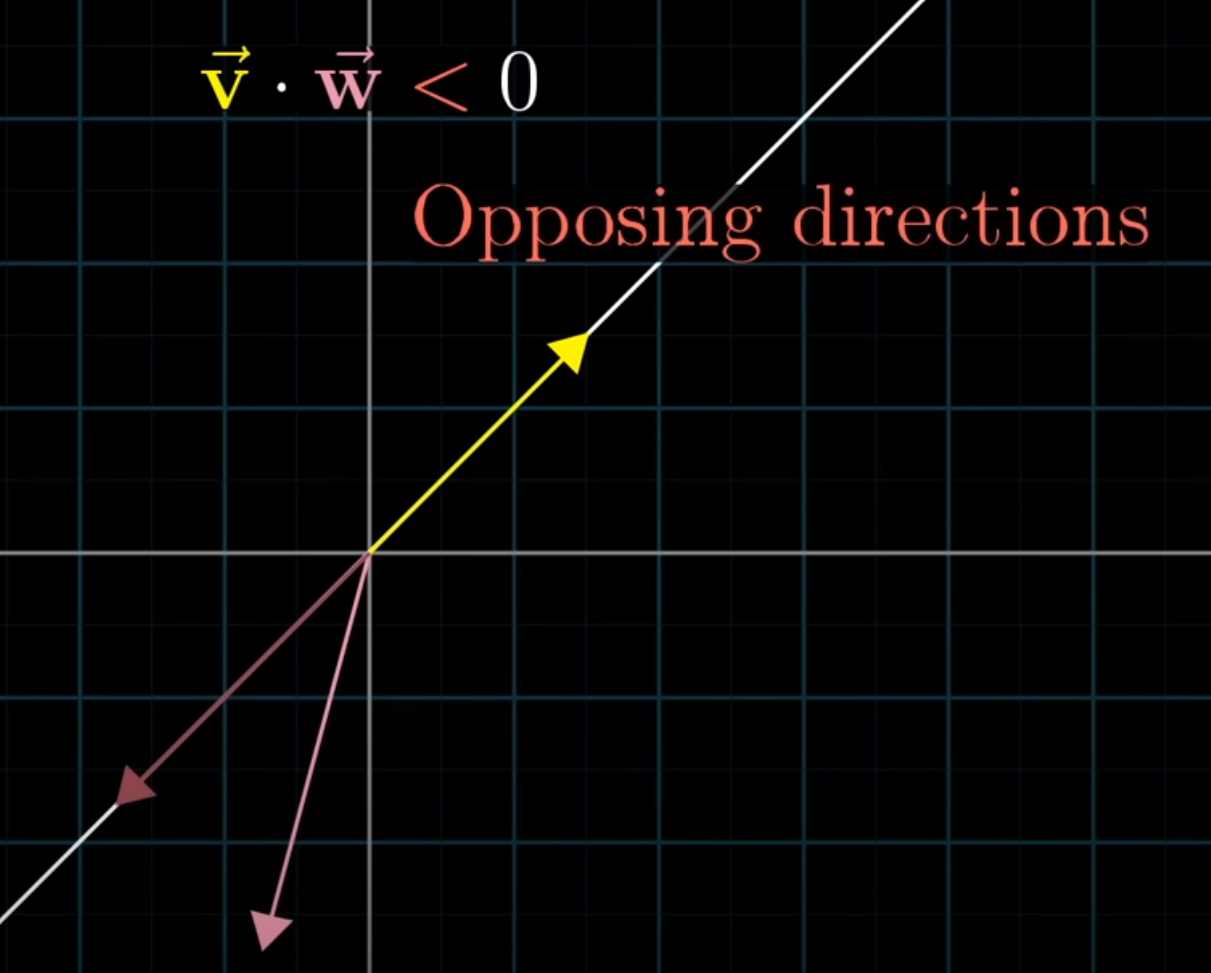
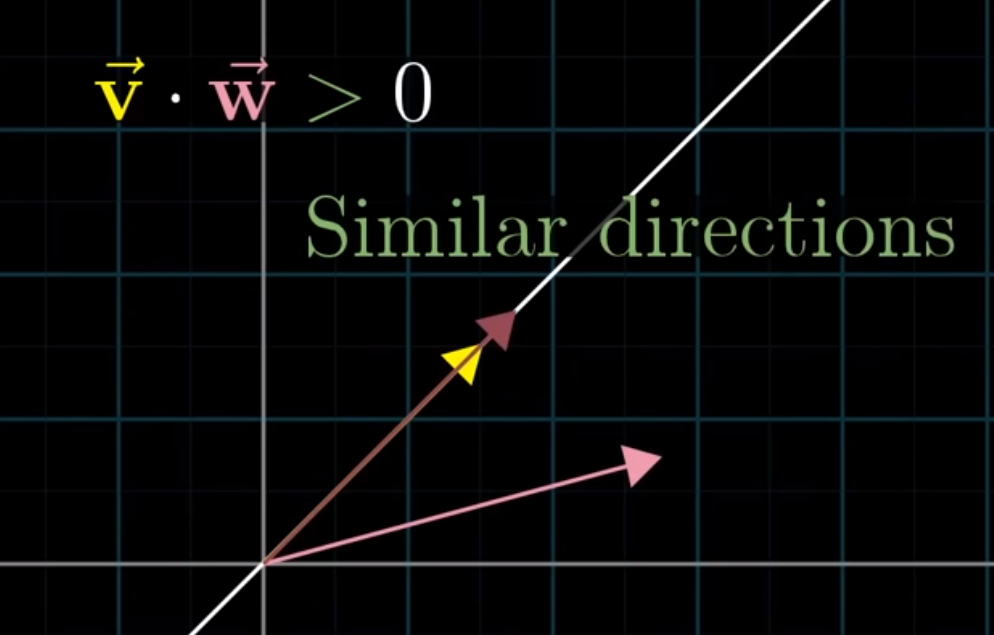
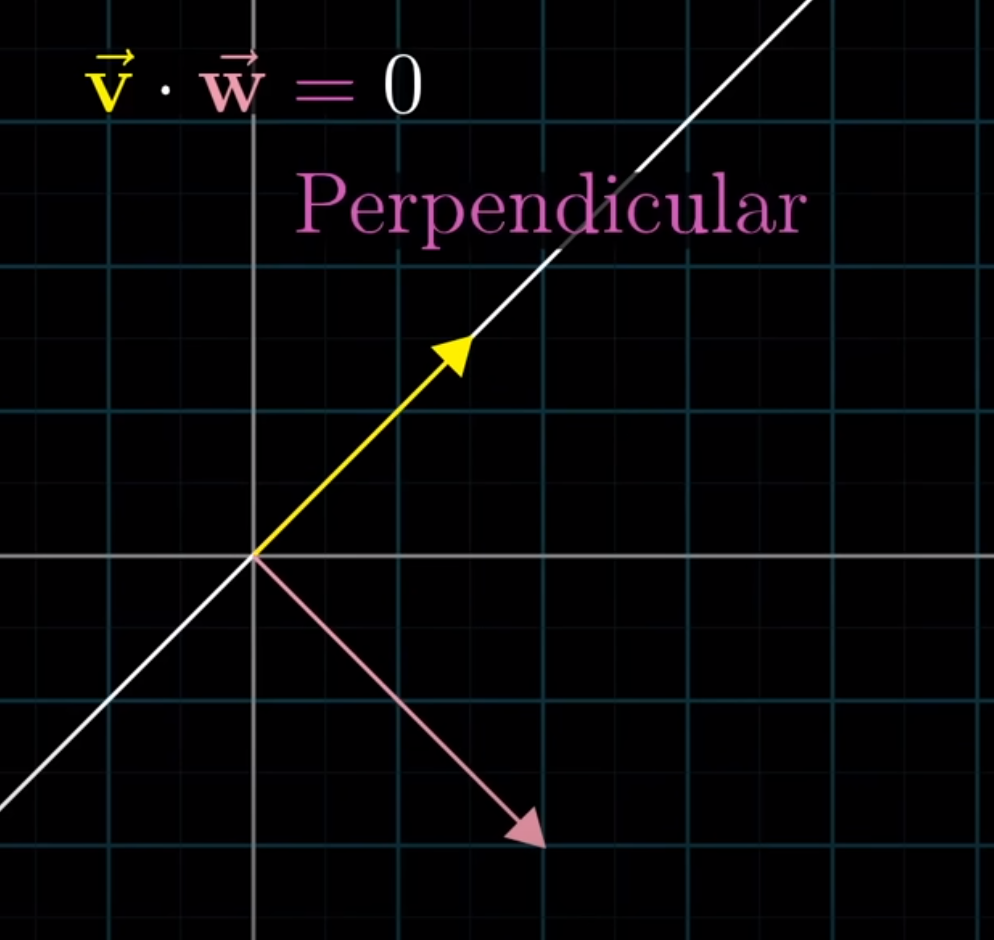
No Comments